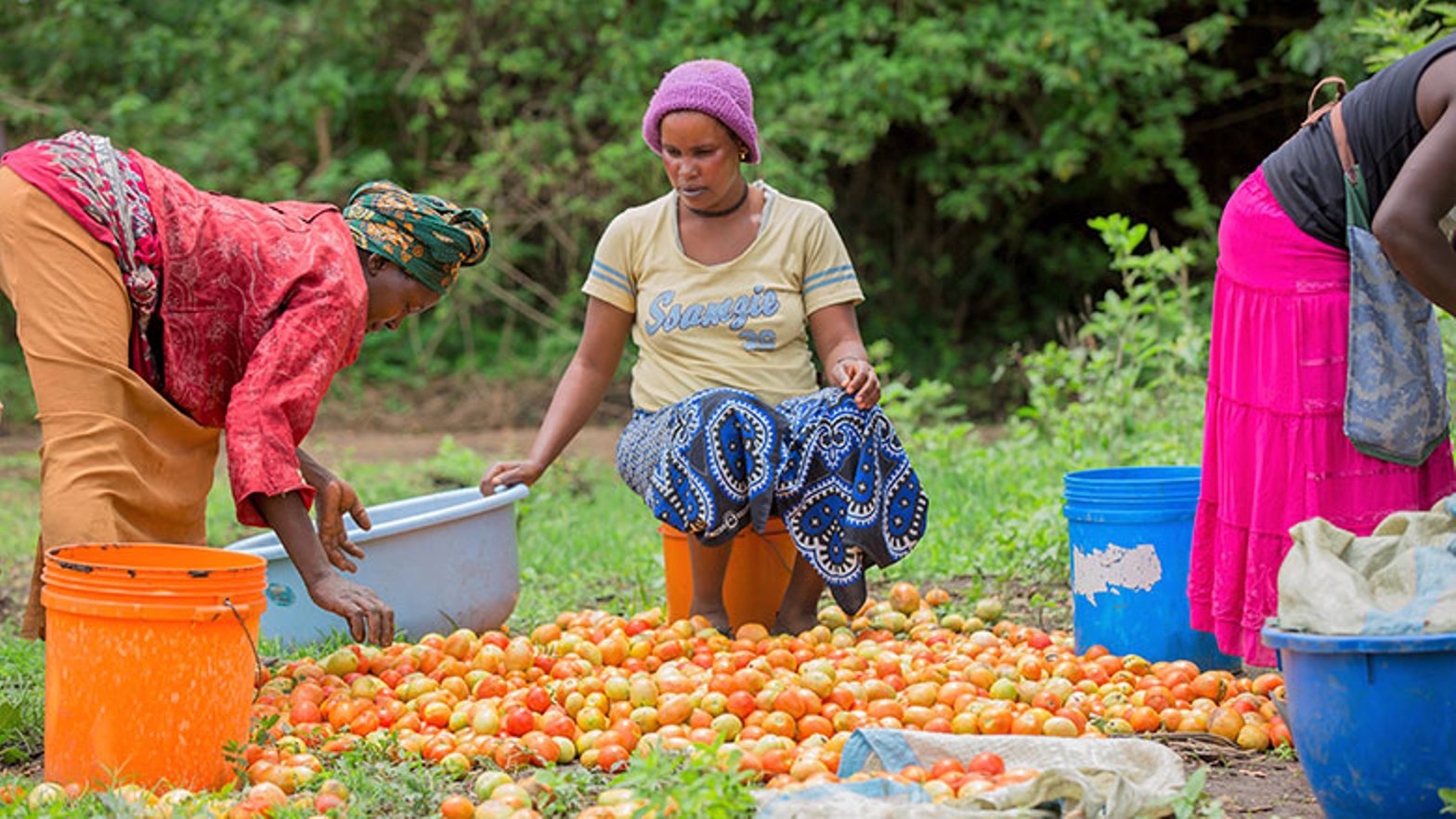BEST KNOWLEDGE OF AGRICULTURAL PRODUCTION

BASIC GOOD AGRICULTURAL PRACTICES
The purpose of this work for STAWI is to spread the basic concepts of Good Agricultural Practices (GAP) to guide the production systems towards sustainable agriculture and ecologically safe in Tanzania. The work also seeks to obtain harmless products of higher quality and quantity as well as contributing to food security and generating income through the access to markets by most Small Holder Farmers.
Agricultural practices are a collection of principles to apply for farm production processes to get better agricultural products. Agriculture practices are simply practices used in agriculture to facilitate farming processes including organic farming for sustainable agriculture in Tanzania.
In all work schedules, STAWI helps SHFs to adopt the below principles for sustainable agricultural practices to improve agriculture production and productivity
Sustainable Agriculture Practices include;
1. Use of improved seeds, verified fertilizer and other inputs
2. Complying to guidance and principles for land preparation
3. Rotating crops to embrace diversity
4. Application of soil water storing technics, tools, and facilities or planting cover crops
5. Reducing or eliminating land tillage
6. Applying integrated pest management materials and techniques (IPM)
7. Foster Integration of livestock and crops
8. Foster adopting of agroforestry practices to ensure sustainable agriculture
9. Managing whole systems and landscapes and land management practices.
Moreover, STAWI helps SHFs to adopt the below principles of Good Agricultural Practices to improve agriculture production and productivity as well. These principles assure the attainment of sustainable agriculture
1. Preparation of soil (by ploughing, leveling)
2. Selection of seed and Sowing.
3. Application of manures and fertilizers (Manuring)
4. Means for Irrigation and irrigation processes.
5. Weeding (Removal of weeds)
6. Crop protection (Control of pests and plant diseases)
7. Harvesting Processes,
8. Threshing Processes
9. Winnowing Processes.
10. Harvests Preservation and storage.
The benefits of applying Good Apicultural Practices are is for improving agricultural production as it’s the source of our safety and quality food supply, catalysts for Environmental Sustainability, and means for Agro-economic viability. Arguably the most important aspect of agriculture is that it’s the source of the world’s food supply.